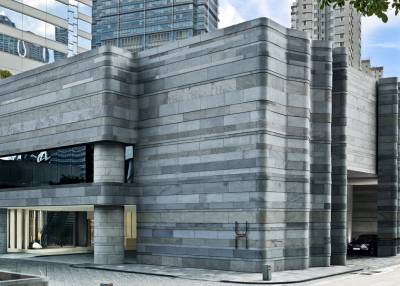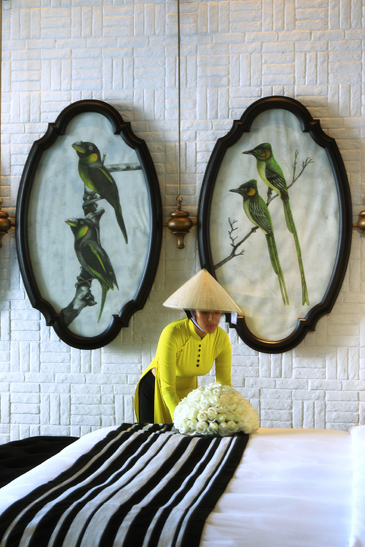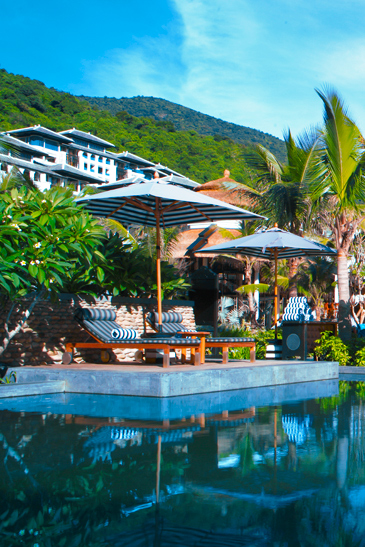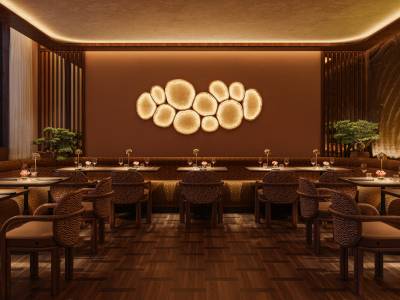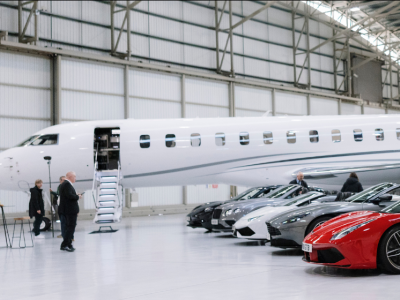Anyone looking to put the current state of Asian hotel design in a nutshell need look no further than Loh Lik Peng’s pithy summary: “I like to think of hotels as playgrounds for grown-ups.” The Singaporean lawyer-turned-hotelier, and the driving force behind such groundbreaking projects as Wanderlust, in the republic’s Little India, and The Waterhouse at South Bund in Shanghai, is one of a select group who are looking beyond threadcounts and butlers to get to the very soul of a hotel.
Snootiness is out; and so—to put it bluntly—is the tarted-up shoebox that used to be labelled five-star. Hotels are somewhere to chill, revel and appreciate the very best things in life. And achieving that sort of hotel starts with the architects who shape guests’ lives without guests really being aware of it. If there is one architect in Asia who might be said to be the poster boy for the future of hotel design, it’s André Fu. Born in Hong Kong, but educated at St Paul’s and Cambridge in England, he made his name with The Upper House, a 117-room boutique hotel on Hong Kong Island which had previously been an entirely comfortable, if uninspiring, set of serviced apartments. Fu didn’t so much transform the residential block as wave a magic wand over it: pairs of apartments were merged into single suites, the top floor was removed to provide an airy double-storey space for a restaurant helmed by celebrity chef Gray Kunz and—most radical of all in metropolitan Hong Kong—Fu made sure there was enough space for a small roof garden.
